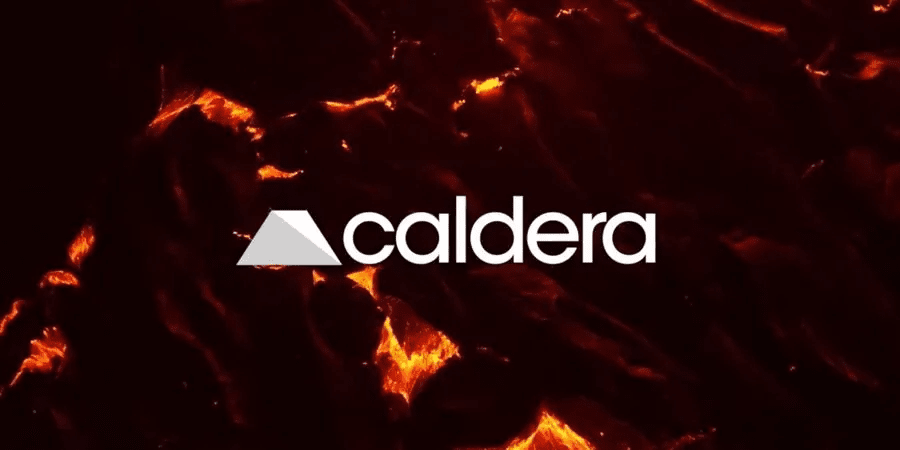
The Caldera ($ERA) project has actually been discussed quite a bit, but the modular thinking behind @Caldera Official is indeed increasingly worth revisiting. Especially at this current point in time, as everyone is exploring how to make blockchain networks more flexible, scalable, and efficient, Caldera is right on this rhythm.
Why is modularization so important? Let's first take a look at how traditional blockchains operate. Many early chains were designed as a 'one-stop' solution, with everything—consensus, execution, data availability—packaged together. This architecture was sufficient in the early days, but as user numbers and transaction complexity increased, performance bottlenecks became more apparent, making upgrades more difficult.
Caldera's approach is to break the entire system down into independently operable and freely combinable modules. You can think of #Caldera as building blocks; you select the modules you need for what functionalities, whether it's smart contracts, transaction validation, or data storage, all of which can be optimized and iterated independently. This design not only enhances the performance of the entire chain but also significantly increases flexibility.
More importantly, modularization allows #Caldera to excel in both stability and interoperability. Even if a single module encounters issues, it won't lead to a total breakdown. At the same time, it can easily integrate assets and applications from other chains, truly realizing the flow of data and value across chains—this is especially crucial in today's multi-chain environment.
From a data perspective, modular architecture has already shown clear potential. Caldera not only supports high-throughput applications but also continuously adapts to new business needs without having to restructure the entire chain. This scalability means lower costs and higher efficiency for developers, node operators, and even end users.
So, although Caldera is not a new concept, its modular approach still has strong vitality and reference value. As the blockchain industry continues to develop in a more professional and vertical direction, I believe this architecture will be increasingly adopted by the mainstream, and may even become one of the foundational design paradigms of the next generation of networks. If you are following the evolution of blockchain infrastructure, Caldera and the modular direction it represents are worth continuous attention.


